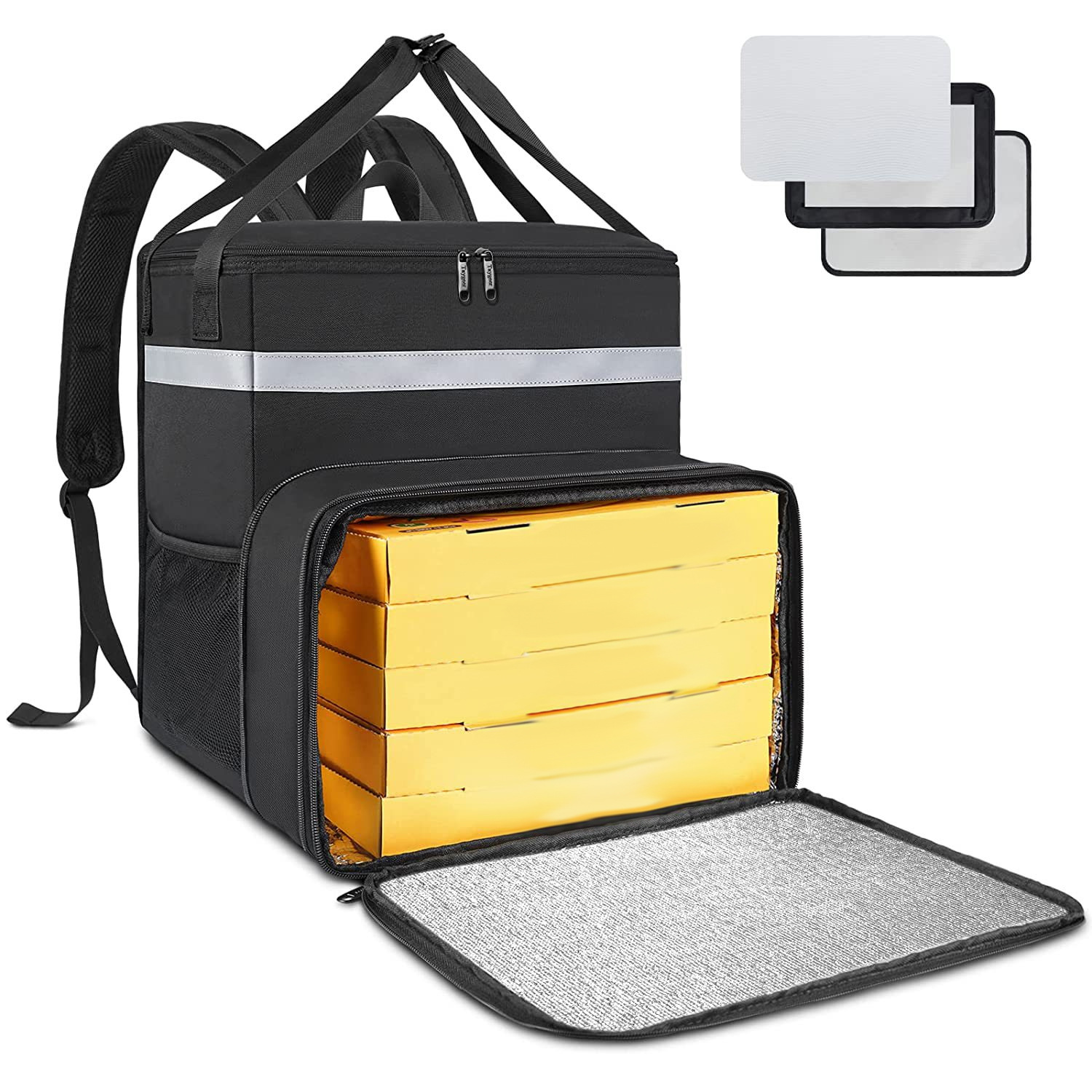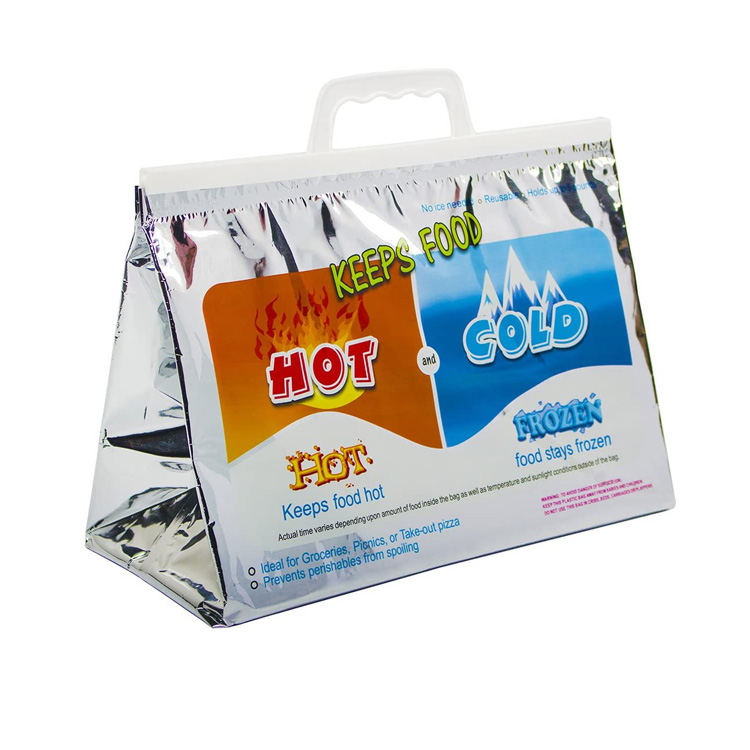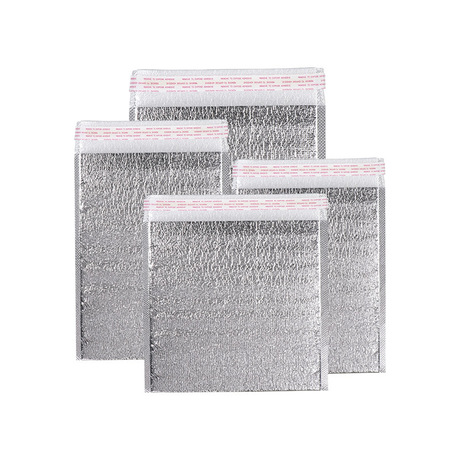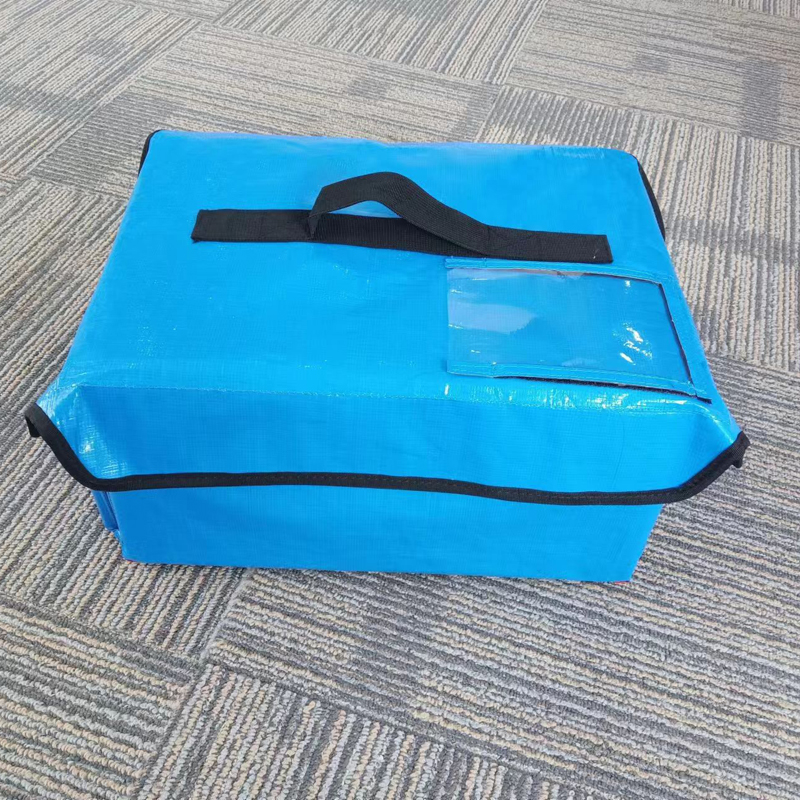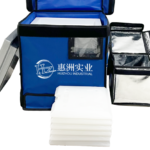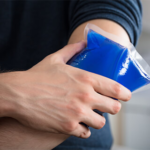Materiais de mudança de fase, PCMs are a special type of substance that can absorb or release a large amount of thermal energy at a specific temperature, while undergoing changes in the state of matter, such as transitioning from solid to liquid or vice versa. This property makes phase change materials have important application value in temperature control, energy storage, and thermal management fields. The following is a detailed analysis of phase change materials:
physical property
The core characteristic of phase change materials is the ability to absorb or release a large amount of latent heat at a fixed temperature (phase change temperature). In the process of heat absorption, materials change from one phase to another, such as from solid to liquid (melting). During the exothermic process, the material changes from liquid to solid (solidification). This phase transition process usually occurs within a very narrow temperature range, allowing phase change materials to have good thermal stability at almost constant temperatures.
Main types
Phase change materials can be classified into the following categories based on their chemical properties and application fields:
1. PCM orgânicos: including paraffin and fatty acids. These materials have good chemical stability, reusability, and an appropriate range of phase transition temperatures.
2. PCMs inorgânicos: including saline solutions and metal compounds. Their thermal conductivity is usually better than organic PCMs, but they may face separation and corrosion issues.
3. Biobased PCMs: This is an emerging type of PCMs that originate from natural biomaterials and have environmental and sustainable characteristics.
application area
Phase change materials are widely used in multiple fields, mainly including:
1. Building energy efficiency: By integrating PCMs into building materials such as walls, floors, or ceilings, indoor temperature can be effectively regulated, reducing energy consumption for air conditioning and heating.
2. Thermal energy storage: PCMs can absorb heat at high temperatures and release heat at low temperatures, helping to balance energy supply and demand, especially in the utilization of renewable energy such as solar and wind energy.
3. Thermal management of electronic products: Using PCMs in electronic devices can help manage the heat generated during operation, improve efficiency, and extend device lifespan.
4. Transportation and packaging: The use of PCMs in food and pharmaceutical transportation can maintain products under suitable temperature conditions and ensure product quality.
Technical challenges
Despite the significant advantages of phase change materials, they still face some technical challenges in practical applications, such as lifespan, thermal stability, and the need for packaging and integration technologies. These challenges need to be overcome through advances in materials science and engineering technology.
Phase change materials are highly anticipated in the fields of green energy and sustainable technology due to their unique thermal performance and broad application prospects.
As perspectivas futuras de desenvolvimento dos PCMs
The application of phase change materials (PCMs) in multiple industries indicates that they have broad potential and clear future development prospects. These materials are highly valued for their ability to absorb and release a large amount of heat during phase transitions. The following are several key areas and prospects for the future development of phase change materials:
1. Energy efficiency and architecture
In the field of architecture, PCMs can be used as part of intelligent temperature control systems to reduce reliance on traditional heating and air conditioning. By integrating PCMs into building materials such as walls, roofs, floors, or windows, the thermal efficiency of buildings can be significantly improved, energy consumption can be reduced, and greenhouse gas emissions can be reduced. No futuro, with the development of new and efficient phase change materials and the reduction of costs, this application may become more widespread.
2. Renewable energy systems
In renewable energy systems such as solar and wind energy, PCMs can serve as energy storage media to balance supply and demand. Por exemplo, the thermal energy generated by solar energy harvesting systems during the day can be stored in PCMs and released at night or during peak demand. This helps to improve energy utilization efficiency and ensure the continuity of energy supply.
3. Temperature control of electronic products
As electronic devices become increasingly miniaturized and high-performance, heat dissipation has become a major challenge. PCMs can be used in electronic products such as computer processors and mobile devices to help manage thermal loads, extend device lifespan, and improve performance.
4. Textiles and Clothing
The application of PCMs in textiles also shows the possibility of expansion. PCMs integrated into clothing can regulate the wearer’s body temperature, improve comfort, and cope with extreme weather conditions. Por exemplo, sportswear and outdoor equipment can use this material to maintain body temperature stability.
5. Assistência médica
In the field of healthcare, PCMs can be used to control the temperature of medical products such as drugs and vaccines, ensuring their stability and effectiveness during transportation and storage. Além disso, PCMs are also used in therapeutic products, such as temperature controlled dressings for physical therapy.
6. Transporte
In the transportation of food and chemicals, PCMs can be used to maintain goods within a suitable temperature range, especially in scenarios that require cold chain logistics.
Future challenges and development directions:
Although PCMs have enormous potential for application, they still face some challenges in wider commercial applications, such as cost, environmental impact assessment, long-term stability, and compatibility issues. Future research will focus on developing more efficient, ecologicamente correto, and cost-effective PCMs, as well as improving integration methods for existing systems.
Além disso, with the increasing global demand for energy conservation, emission reduction, e desenvolvimento sustentável, the research and application of phase change materials are expected to receive more financial support and market attention, promoting the rapid development and innovation of related technologies.







